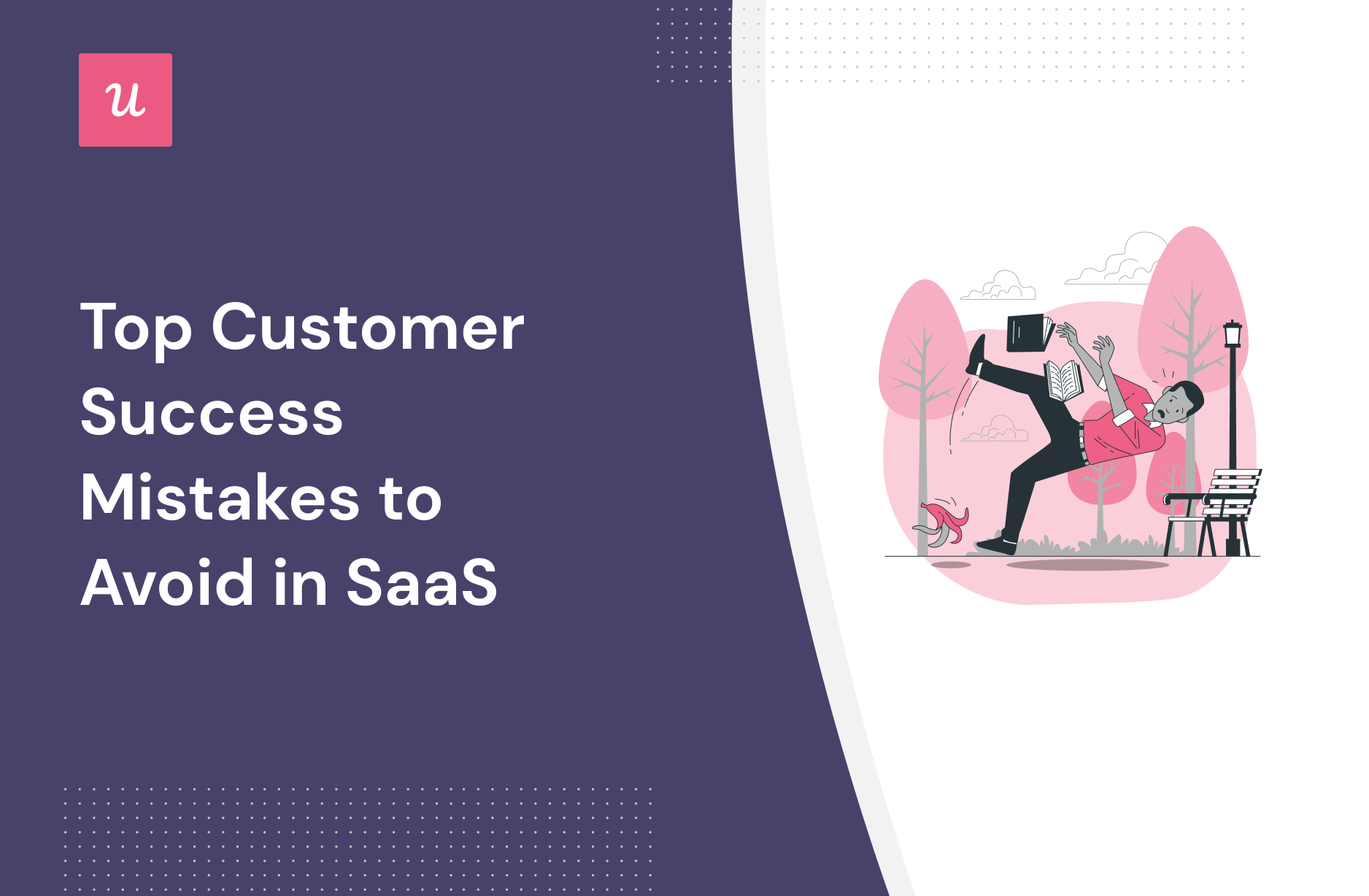You Must Avoid These Top 5 SaaS Customer Success Mistakes

There’s nothing better than having satisfied customers who are more than happy to use your product.
It’s the Customer Success team’s role is to identify people who are less successful, and help them to learn and use your product better.
Today, we’ll be going over some common mistakes that we see in SaaS Customer Success practices and how you can avoid them! If you want to see how you can scale self-service support quickly, book a free demo with us!
Here’s the TL;DR
- Having the right customer success strategies (aka retaining your customers) is just as important for a company’s bottom line as strategies for acquisition or growth.
- You need to have a clear image of your ideal customer, their pain points, and their use cases
- Putting them first means more than writing that in your marketing copy. Are you showing them relevant experiences in-app? Are they discovering value quickly?
- Set goals, monitor for successful and unsuccessful patterns and customer health
- What about long term customer health? NPS survey may uncover customers that are using the product but are unsatisfied
- Prevent churn through monitoring indicators as well as reaching out via in-app microsurveys
- Reduce support ticket volume through in-app self-service support resources like Resource Centers
- Build all of the above with Userpilot, we’ll show you how!
What is SaaS customer success?
Customer success management is the practice of ensuring customers get their desired outcome when using your SaaS. Customer success goals include increasing customer retention, revenue, loyalty, and overall satisfaction with the product or service provided. We’ve written the full guide to SaaS Customer Success in 2022 here.
Why is SaaS customer success important?
Customer success is usually the main way to ensure that customer needs are prioritized. Think of them as the first line of defense when it comes to hearing out customer concerns, implementing new strategies, and reducing churn.
Having the right customer success strategies is just as important for a company’s bottom line as strategies for acquisition or growth.
The top SaaS customer success mistakes (and how to fix them)
1. Not having a clear image of your ideal customers
Everyone in the company needs to have a deep understanding of what their customer aims to achieve and how the product serves them.
The product team needs to know use cases when developing new features and tools, while the sales team needs to know users’ pain points when booking demo calls.
It is crucial to develop customer personas and having every team aligned on it not only reduces friction between teams but also directly impacts the customer experience.
2. Not putting the customer first
AKA the ‘golden rule of customer success’.
We’ve seen this many times – pushing new features, upsells or promotions when your users just aren’t ready yet.
Or, missing your customer’s job-to-be-done or persona entirely if you have a tool that has more than one use case.
How to avoid this mistake:
Segment your users. The criteria will depend, but you can choose to segment based on use case or behavioral segments.
The main benefit of segmenting users is being able to show them in-app experiences or push them to do certain actions that will get them to value faster.
You’ll also be able to show them specific resources or promotions that are relevant to their stage in the user journey.
3. Undefined success metrics
By definition, customer success happens when a customer achieves their desired outcome through their use of your product or service.
You need to identify what customers want to achieve through your product.
What are their goals?
Are there markers along the way that you have set up to indicate their path to success?
Remember, customers don’t always speak up right away (or at all) if something is wrong.
CSMs should diligently monitor metrics and usage data that often bring to light underlying issues or red flags.
4. Focusing only on goals
Now that you’ve defined their goals; remember that achieving them is only the minimum required outcome.
You also have to be mindful of the experience the user has while getting to that goal.
Be proactive and definite indicators for long-term customer health.
Deploying something like a NPS survey may uncover customers that are using the product but may be unsatisfied.
You’ll also be able to follow up with in-app surveys to ask how their experience can be improved.
5. You’re not preventing churn
As a customer success manager, you have to find the patterns to recurring customer churn. Where are users dropping off the most? Which segment?
Be proactive by:
- Monitoring customer usage, churn indicators
- Reaching out to customers for feedback using in-app microsurveys (hint: you can build these in Userpilot, no coding required!)
- Getting ahead of a problem by addressing any bugs or glitches that you uncover
6. Not automating enough.
Customer success teams need to be in constant contact and building relationships to sharing best practices, initiating customer training, and beyond.
There’s a lot to do, and it’s easy to get overworked to pay attention to the bigger picture sometimes.
Reduce support ticket volume by:
Implementing in-app self-service support resources like Resource Centers, improve user onboarding by creating contextual product walkthroughs (as opposed to older linear product tours).

